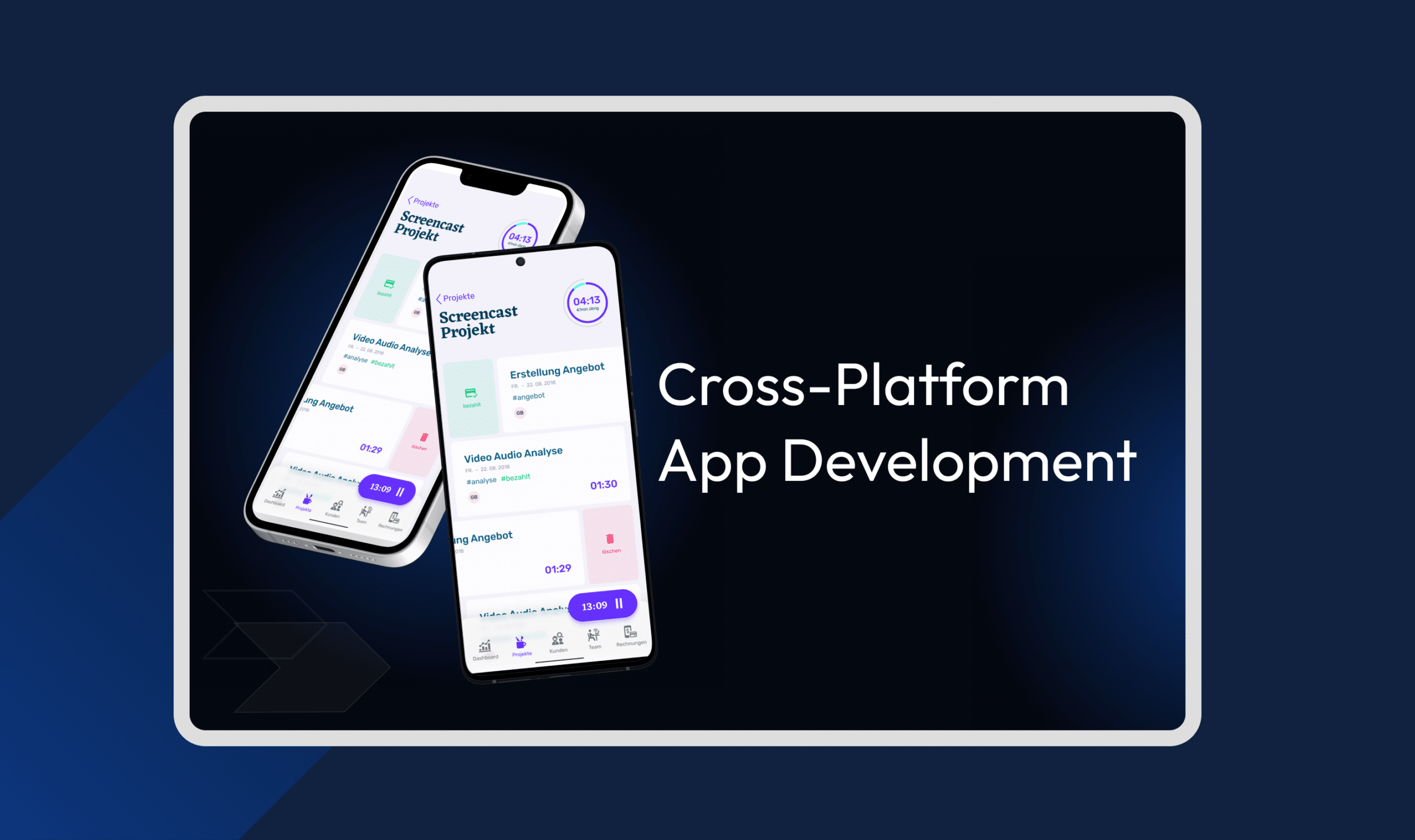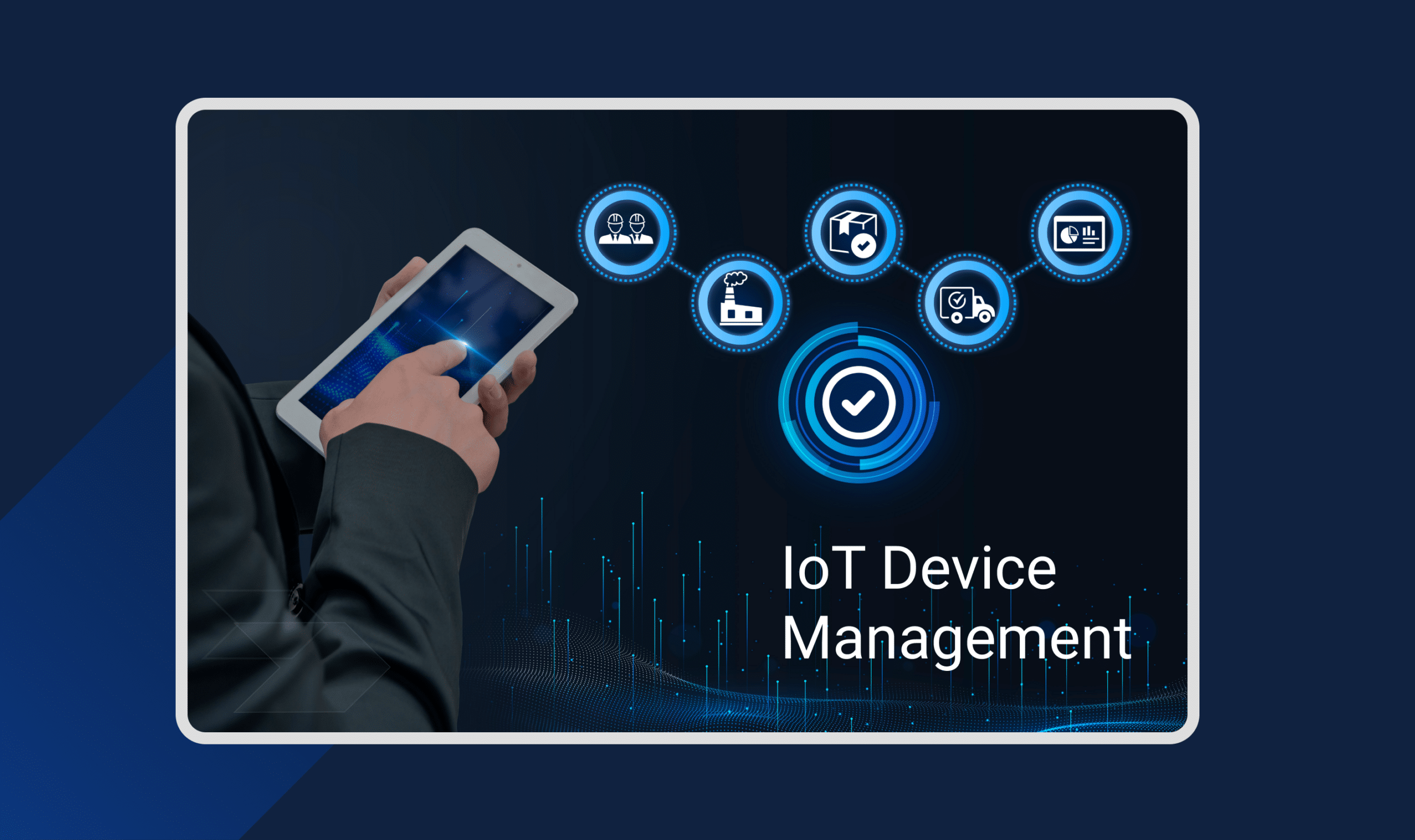
Edge computing is revolutionizing the Internet of Things (IoT) by bringing data processing closer to the source of data generation. This approach enhances response times, reduces bandwidth usage, and improves reliability. In this comprehensive guide, we’ll explore what edge computing is, its significance in IoT, real-world applications, and the benefits it offers to businesses and consumers alike.
Understanding Edge Computing
Edge computing is a distributed computing paradigm that processes data near the data source, such as IoT devices or local edge servers, rather than relying solely on centralized cloud servers. By handling data locally, edge computing reduces latency, conserves bandwidth, and enhances data security. This proximity to data sources enables faster decision-making and more efficient operations.
The Role of Edge Computing in IoT
The IoT ecosystem comprises interconnected devices that generate massive amounts of data. Traditionally, this data is transmitted to centralized cloud servers for processing. However, as the number of IoT devices grows, this model faces challenges like increased latency, bandwidth constraints, and potential security vulnerabilities. Edge computing addresses these issues by processing data at or near the source. This approach offers several advantages:
- Reduced Latency: Processing data locally minimizes the time it takes to analyze and act upon information, which is crucial for real-time applications.
- Bandwidth Efficiency: By filtering and processing data at the edge, only essential information is sent to the cloud, reducing network traffic.
- Enhanced Security: Local data processing decreases the risk of sensitive information being exposed during transmission.
- Reliability: Edge computing enables devices to operate independently of connectivity to central servers, ensuring continuous functionality even during network disruptions.
Real-World Applications of Edge Computing in IoT
Edge computing’s integration with IoT has led to innovative solutions across various industries:
- Industrial Automation: Manufacturing plants utilize edge computing to monitor equipment in real-time, predict maintenance needs, and optimize production processes, leading to increased efficiency and reduced downtime.
- Smart Cities: Urban areas deploy edge-enabled IoT devices to manage traffic flow, monitor air quality, and enhance public safety. For instance, smart traffic systems can adjust signals in real-time based on current conditions, improving traffic flow and reducing congestion.
- Healthcare: Wearable devices and remote monitoring systems process patient data on-site, allowing for immediate health assessments and timely medical interventions.
- Retail: Stores employ edge computing to analyze shopper behavior through in-store sensors, enabling personalized promotions and efficient inventory management.
- Autonomous Vehicles: Self-driving cars process data from sensors and cameras locally to make instantaneous driving decisions, ensuring safety and responsiveness.
Benefits of Edge Computing in IoT
The synergy between edge computing and IoT offers numerous benefits:
- Scalability: Edge computing allows IoT systems to scale efficiently by distributing processing tasks across multiple devices, reducing the burden on central servers.
- Cost Savings: Reducing data transmission and cloud storage needs can lead to significant cost reductions in network usage and data management.
- Improved User Experience: Faster data processing enhances the responsiveness of IoT applications, leading to better user satisfaction.
- Regulatory Compliance: Processing data locally helps in adhering to data sovereignty laws and regulations by keeping sensitive information on-site.
Implementing Edge Computing in IoT Systems
To effectively integrate edge computing into IoT systems, consider the following steps:
- Assess Data Needs: Determine which data requires real-time processing and which can be handled centrally.
- Select Appropriate Hardware: Choose edge devices and sensors capable of handling the required processing tasks.
- Develop Edge Applications: Create software that can operate on edge devices to perform necessary computations and analytics.
- Ensure Security Measures: Implement robust security protocols to protect data at the edge, including encryption and authentication mechanisms.
- Integrate with Cloud Services: Establish seamless communication between edge devices and cloud infrastructure for centralized management and long-term storage.
Challenges and Considerations
While edge computing offers significant advantages, it also presents challenges:
- Resource Constraints: Edge devices may have limited processing power and storage compared to centralized servers.
- Management Complexity: Overseeing numerous edge devices across different locations can be complex and may require specialized management tools.
- Interoperability Issues: Ensuring compatibility between various devices and systems necessitates adherence to industry standards and protocols.
The Future of Edge Computing in IoT
The adoption of edge computing in IoT is poised to grow, driven by advancements in technologies such as 5G, artificial intelligence, and machine learning. These developments will enable more sophisticated data processing at the edge, opening new possibilities for innovation across industries. As businesses recognize the value of real-time insights and efficient data management, edge computing will become an integral component of IoT strategies.
In conclusion, edge computing enhances IoT by bringing data processing closer to the source, resulting in faster responses, improved efficiency, and greater reliability. By understanding and implementing edge computing principles, organizations can unlock the full potential of their IoT deployments and stay competitive in an increasingly connected world.






